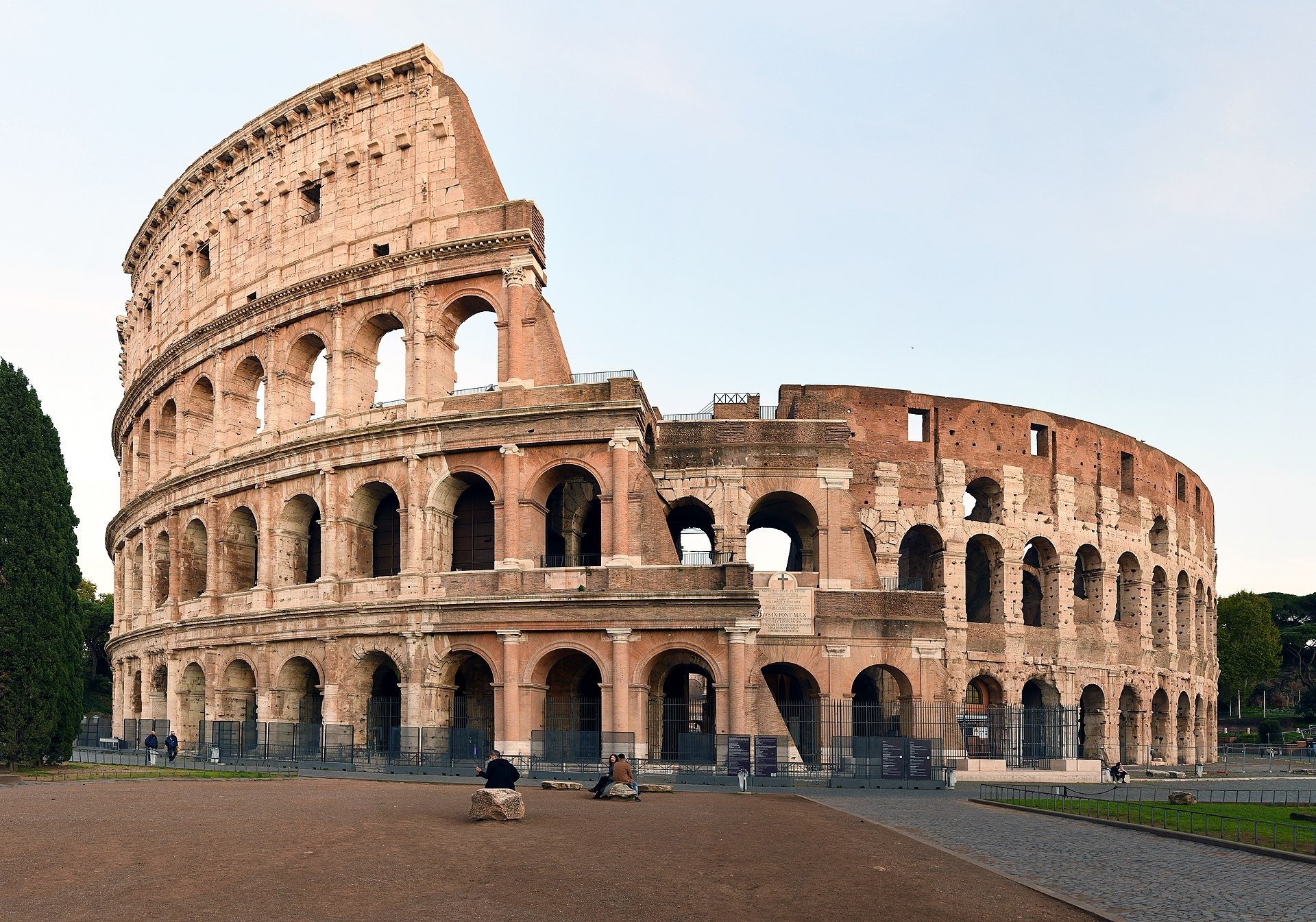Why Ancient Roman Monuments Are Still Standing
Language
Reading Level
Listen to Article
Alignment

Despite technological advances, modern concrete structures start to crumble in just 50 years if not maintained. This contrasts sharply with Italian monuments that remain standing after over 2,000 years. Now, an international research team has finally uncovered how Roman concrete wonders continue to survive to this day.
According to team leader Dr. Admir Masic, the secret lies in tiny clumps known as lime casts. They have been found between the concrete in all ancient Roman construction. Researchers had always believed the clumps were a result of "sloppy mixing." But the engineering professor at the Massachusetts Institute of Technology suspected they served a purpose.

"If the Romans put so much effort into making an outstanding construction material, why would they put so little effort into ensuring the production of a well-mixed final product?" said Masic. "There has to be more to this story."
Upon closer examination, the researchers found that the lime casts were a form of limestone known as quicklime. The brittle material is produced by heating crushed limestone at high temperatures. The scientists theorized that as cracks appear in the concrete, the quicklime crumbles. It fills the tiny areas between the cracks. When water flows through the gaps, it reacts with the quicklime to form limestone. The hardened mineral plugs any cracks in the concrete.

The team tested their theory by running water through cracks in two concrete blocks. Only one contained quicklime. Sure enough, within two weeks, the water stopped seeping through the concrete containing quicklime. However, water continued to flow freely through the concrete without the quicklime.
Masic and his team published their findings in the journal Science Advances on January 6, 2023. They hope their discovery will help improve the longevity of modern concrete structures.
Resources: Businessinsider.com, Newatlas.com, news.mit.edu

Get the Workbook for this article!
Workbook contains: Article, Reading Comprehension, Critical Thinking Questions, Vocabulary in Context (+ answers), Multiple Choice Quiz (+ answers), Parts of Speech Quiz (+ answers), Vocabulary Game (+ answers)Cite Article
Learn Keywords in this Article
60 Comments
- sanabocavobaover 2 yearsGuess what!,I'm from Spain,and half of my family is roman i love this type of stuff more about how my family became a thing :D
- vajopotyfezoalmost 3 yearsThis was the best first story I read on here! I'm so excited to read more!!!!!
- elephantloversalmost 3 yearsThis is for sure going onto my presentation for school...lol
- bagomozorifialmost 3 yearslolll
- goat_lordalmost 3 yearsWow this is cool!
- zzyalmost 3 yearsThat’s cool, this building is lucky that no natural disasters happened.
- andrea4almost 3 yearsomg thats cool.
- yescornalmost 3 yearsThis means that we are less smart than we were in Ancient Rome.
- 100lettersalmost 3 yearsThis is really similar to Ancient Indian architecture. Many Indian temples that were built centuries ago are still standing because these ancient civilizations were so advanced even back then. We haven’t even reached the level of this Roman architecture in modern buildings!
- redsaalmost 3 yearsThat's a.smart way to think about it
- earndogalmost 3 yearsThat's crazy
- sparklylakegalalmost 3 yearshope we can use this method in more buildings today <3